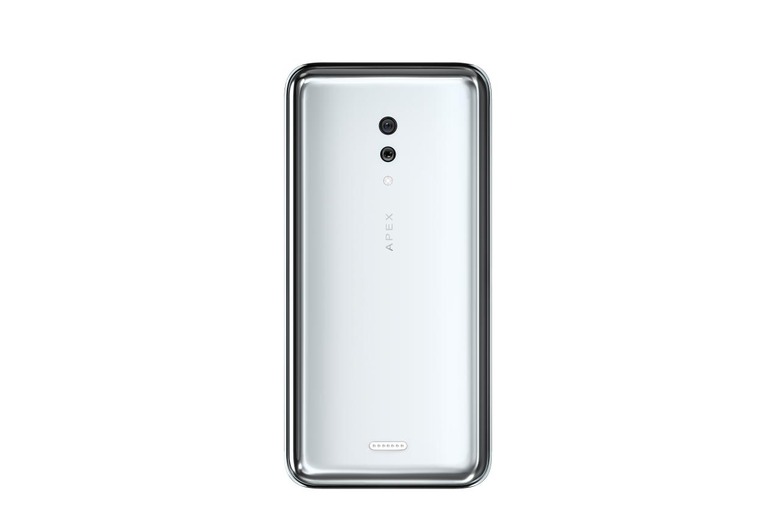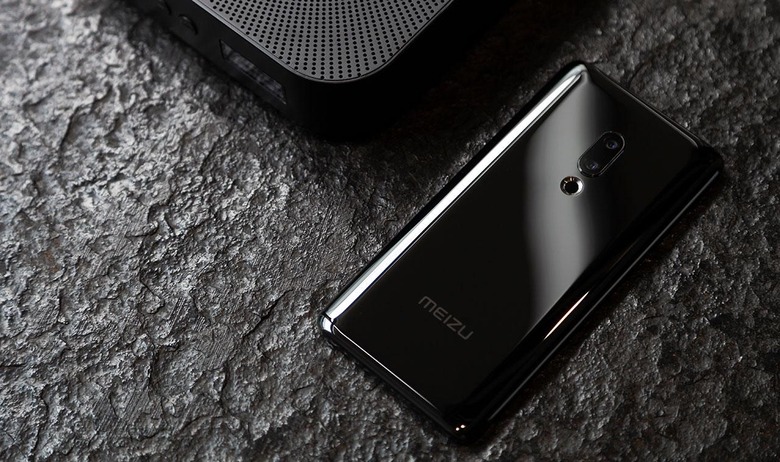Buttonless Phones Are Gorgeous, But Here Are Arguments Against It
Meizu and Vivo are trying to usher in a new breed of smartphones, a kind of smartphone that even Apple is believed to be considering. The kind of smartphone that's glass on all sides and edges, unbroken by any seam or hole, aside perhaps for the cameras on the back. The Meizu Zero and Vivo APEX 2019 Concept Phone are truly sights to behold. They still leave a few questions open, probably to be answered at MWC 2019 next week. But whether they get answered or not, there are a few things that make this kind of unibody phone far too ahead of their time.
Tactile controls
Despite having had touch screen phones for nearly a decade now, humans haven't yet evolved to the point of not needing to feel what they're pressing. Sure, we've more or less gotten used to typing on touch screens, but almost no one has been able to type without looking at the screen.
Such "blind" use especially comes in handy with quick actions, like locking the phone or, more importantly, decreasing the volume in an emergency. With invisible capacitive buttons, you will be forced to always look and double-check that you're pressing the right area, which could cost you time and dignity.
Buttons that work all the time
Non-physical buttons, especially those that utilize sensors to determine pressure and location, naturally rely on some amount of software to function. As we've seen time and again, however, software isn't 100% reliable. Sometimes it will fail, sometimes it will have bugs.
When you have an unresponsive phone, the last thing you'll want is a power button that needs properly working software to hard reset the device.
Wireless charging
Wireless charging has finally caught on after years of being in the sidelines. But while it has indeed become more popular now, the technology is still way behind wired charging. There are fast wireless charging technologies, of course, but some are proprietary to specific brands.
Furthermore, none of them can hold a candle to the fastest wired charging tech. Wireless charging may be convenient at times, having the option to get 30-50% in just a few minutes can be a lifesaver.

Wireless data transfer
Even worse than wireless charging performance is wireless data transfer. Yes, we upload files to the cloud but that only works for a few small files. When it comes to large files or communicating with desktop software, you'll still need a local connection.
Cable is always faster and more reliable than wireless. Vivo seems to have a "cheat" in the form of a MagPort on the back of the APEX 2019 Concept, but that put a very noticeable wart on its seamless surface.
Accessories
Physical ports aren't just for charging and file transfers, however. There was an uproar during the USB-C and headphone jack transitions precisely because of how those blocked third-party accessories and the use cases they enabled.
While the future may see a new breed of wireless accessories, current technologies and products are still quite limited. Meizu and Vivo will see their phones practically shunned out that market, turning them into very pretty but very isolated gardens with glass walls.
Durability
All that glass comes at a price and JerryRigEverything's Zack Nelson is going to have a field day pointing it out. One the one hand, having no seams or points of entry makes these phones dustproof, waterproof, and presumably bend-proof. They will be, however, even more shatter-prone, especially without any metal or plastic to diffuse the force of impact. And just one crack on any side could affect the entire integrity of the device.
Repairability
That brings us to the topic of repairs. Phone repairs are already difficult and expensive these days, and that's with the normal glass-metal-glass sandwich. Imagine how much more difficult it will be for a phone that has no visible and easy way to open up. And, unlike with phones these days, breaking the glass on the back will require replacing the entire whole body.

Wrap-up
There's no arguing that the Meizu Zero and the Vivo APEX 2019 Concept are beautiful phones. They seem to appeal to a particular human aesthetic that desires unbroken and seamless designs. Maybe someday we'll even see such phones whose screens similarly wrap around all sides, though that will bring its own usability problems.
For now, however, these gorgeous phones may be pretty to look at but their beauty may have come at too high a price in usability, reliability, and repairability.
